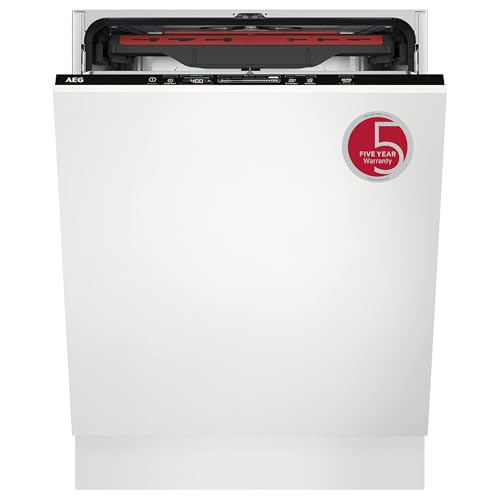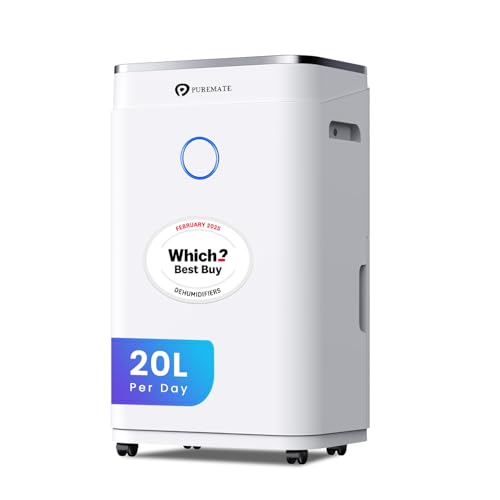

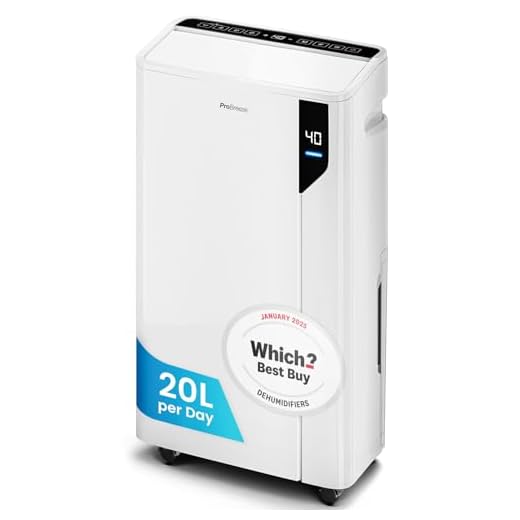
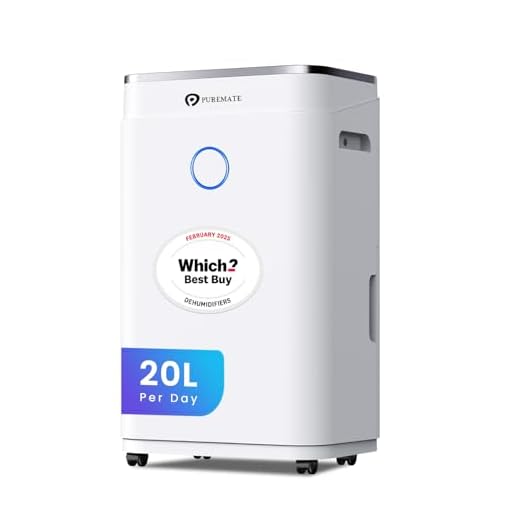
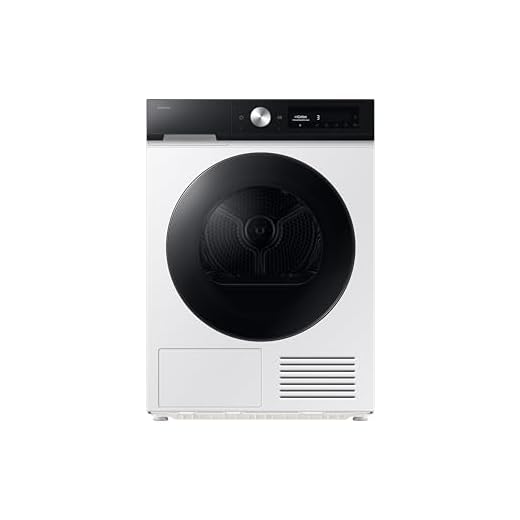
Drying clothes efficiently is an important part of our daily routines. With the advancement in technology, we now have multiple options available to us, such as dehumidifiers and tumble dryers. Both of these appliances serve the purpose of drying clothes, but they do so in different ways.
A dehumidifier is designed to reduce the moisture in the air by extracting water vapor from the environment. It works by drawing in humid air and passing it over cold coils, where the moisture condenses and collects in a container. The dry air is then released back into the room, creating a more comfortable and less humid environment. Some dehumidifiers also have the capability to dry clothes by circulating warm air around them.
On the other hand, a tumble dryer is specifically designed for drying clothes. It uses hot air to remove moisture from the fabric. The clothes are placed inside a rotating drum, and hot air is blown through them, evaporating the water. The moisture is then expelled through a vent, leaving the clothes dry and ready to wear. Tumble dryers come in different sizes and capacities, allowing you to dry a large load of clothes in one go.
So, which is better for drying clothes? It ultimately depends on your specific needs and circumstances. A dehumidifier can be a good option if you live in a humid climate, as it helps to reduce overall humidity in the air, preventing dampness and mold growth. It can also be used to dry clothes, although it may take longer compared to a tumble dryer. On the other hand, a tumble dryer is more efficient when it comes to quickly drying clothes, especially during colder months or in areas with limited outdoor drying space.
In conclusion, both dehumidifiers and tumble dryers have their own advantages and can be effective for drying clothes. Assessing your individual needs and considering factors like climate, space, and convenience will help you determine which appliance is better suited for you.
Understanding Dehumidifiers
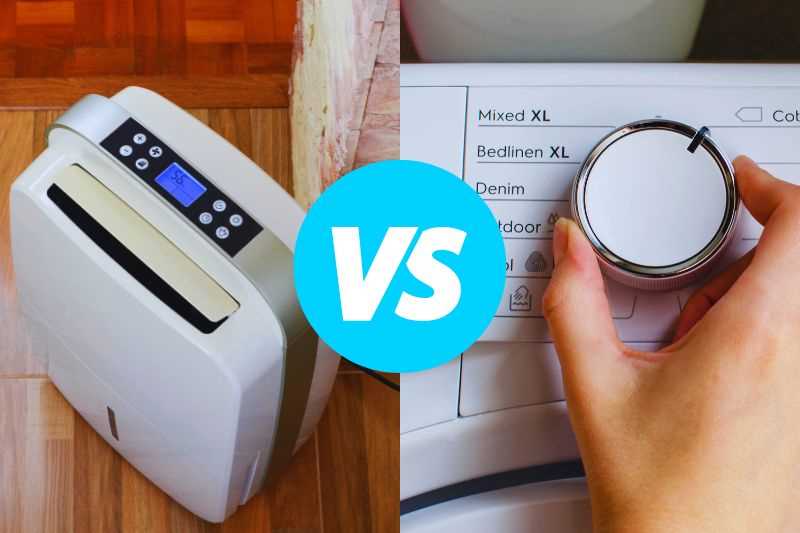
A dehumidifier is an electrical appliance that is used to remove excess moisture from the air in a confined space. It works by drawing in humid air, extracting the moisture, and then releasing the dry air back into the room.
How Do Dehumidifiers Work?
Dehumidifiers utilize a cooling system and a fan to achieve their purpose. The air is first drawn into the dehumidifier through a vent. It then passes over a set of cold coils, causing the moisture in the air to condense into water droplets. These droplets are collected in a bucket or a drainage system, and the dry air is expelled back into the room through the fan.
Benefits of Using a Dehumidifier
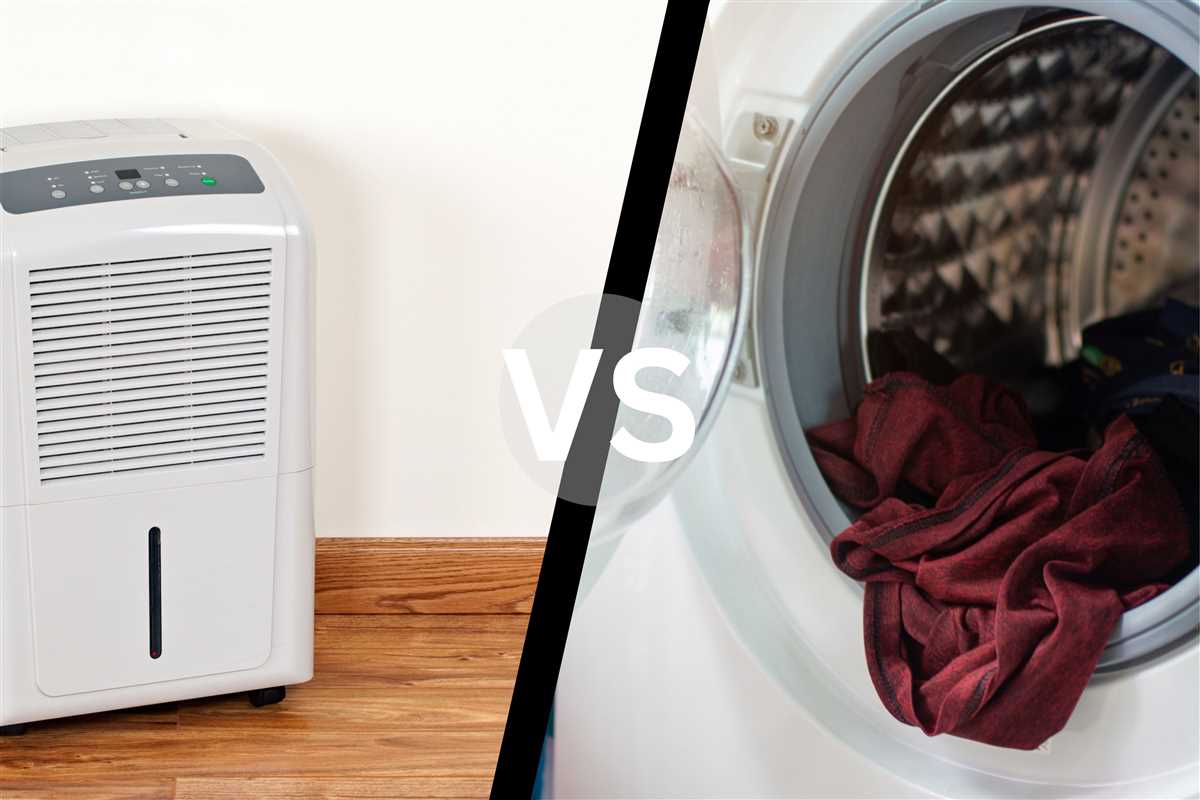
- Prevents mold and mildew: Excess moisture in the air can lead to the growth of mold and mildew, which can have negative impacts on health. A dehumidifier helps maintain optimal humidity levels, preventing the growth of these unwanted fungi.
- Reduces musty odors: Damp environments often have a musty smell. By removing excess moisture, a dehumidifier helps eliminate these unpleasant odors.
- Protects furniture and belongings: High humidity levels can cause damage to furniture, electronics, and other belongings. By controlling humidity, a dehumidifier helps prevent this damage.
- Improves air quality: Excessive humidity can make the air feel heavy and stuffy. A dehumidifier helps improve air quality by reducing humidity and creating a more comfortable environment.
Considerations when choosing a Dehumidifier
When selecting a dehumidifier, consider the following factors:
- Size of the room: Dehumidifiers come in different sizes, and choosing the right size is important for effective moisture removal. Consider the square footage of the room you plan to use the dehumidifier in.
- Noise level: Dehumidifiers generate noise during operation. If you plan to use it in a bedroom or other noise-sensitive areas, look for a quieter model.
- Energy efficiency: Dehumidifiers consume electricity, so it’s important to choose an energy-efficient model to minimize energy usage and reduce operating costs.
- Additional features: Some dehumidifiers come with extra features like automatic shut-off, digital controls, or a built-in humidistat. Consider your preferences and needs when choosing a dehumidifier.
| Features | Dehumidifier | Tumble Dryer |
|---|---|---|
| Drying Speed | Slower | Faster |
| Energy Consumption | Lower | Higher |
| Clothes Care | Gentle | Potentially harsh |
| Space Requirement | Can be used in any room | Requires dedicated space |
| Cost | Generally lower | Higher |
The Benefits of Using a Dehumidifier for Drying Clothes
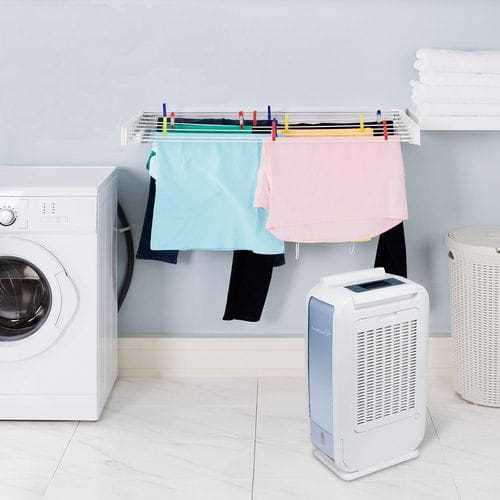
When it comes to drying clothes, many people rely on a traditional tumble dryer. However, there is another option that is gaining popularity – using a dehumidifier. While a tumble dryer uses heat to dry clothes, a dehumidifier removes moisture from the air, resulting in faster drying times and a number of other benefits.
1. Energy Efficiency
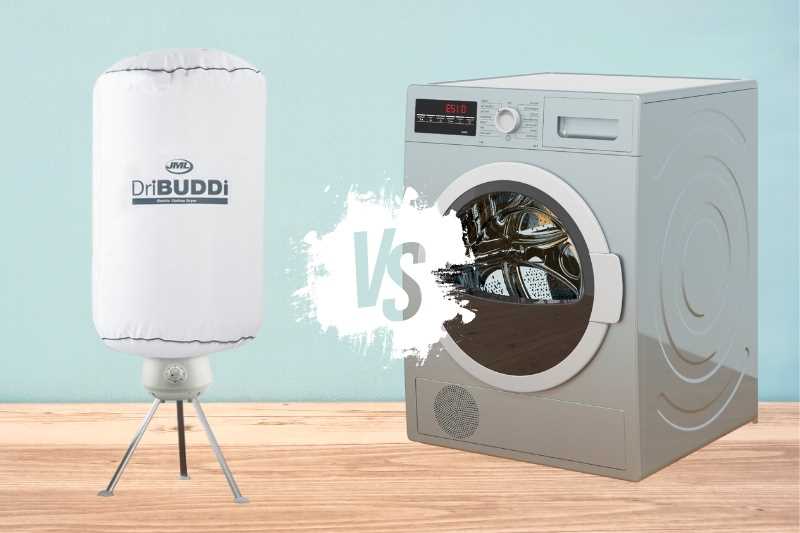
One of the key benefits of using a dehumidifier for drying clothes is its energy efficiency. Tumble dryers use a significant amount of energy to heat the air and dry clothes, whereas dehumidifiers simply extract moisture from the air. This means that using a dehumidifier can save you money on your energy bills and reduce your carbon footprint.
2. Gentle Drying
Unlike tumble dryers, which can be harsh on fabrics and cause shrinkage or damage, dehumidifiers provide a gentle drying method. The moisture in the air is gradually removed, allowing clothes to dry naturally without excessive heat. This is especially beneficial for delicate or sensitive fabrics.
3. Versatility

A dehumidifier can be used to dry clothes of all types, including garments that cannot be tumble dried. This makes it a versatile option for households with a variety of clothing materials and preferences. Additionally, dehumidifiers can also be used to dry other items, such as shoes or sports equipment.
4. Reduced Drying Time
Using a dehumidifier can significantly reduce drying time compared to air drying alone. By removing moisture from the air, clothes are able to dry faster and more efficiently. This is especially useful in humid or damp environments where air drying can take a long time.
5. Improved Indoor Air Quality
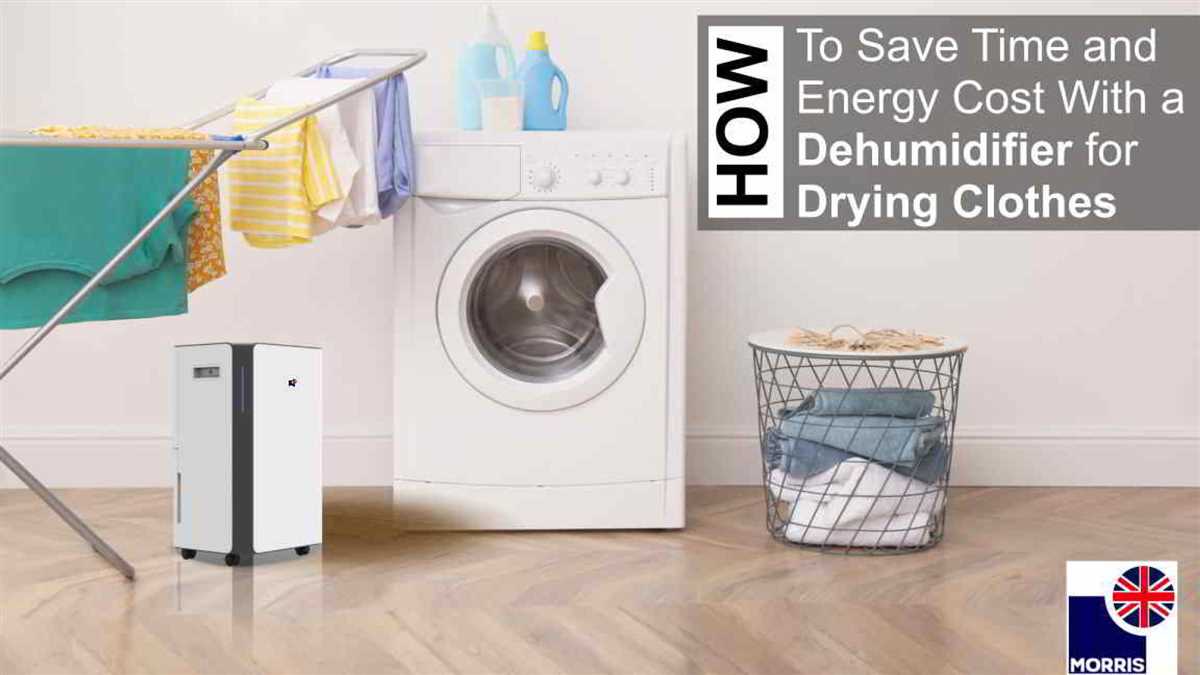
Dehumidifiers not only dry clothes, but they also improve indoor air quality. By removing excess moisture from the air, dehumidifiers can help prevent the growth of mold, mildew, and dust mites, which can cause allergies and respiratory problems. This is particularly beneficial for individuals with asthma or other respiratory conditions.
6. Space Saving
Unlike tumble dryers, which can take up a significant amount of space in your home, dehumidifiers are typically compact and portable. This means they can be easily stored when not in use, allowing you to maximize your living space.
Conclusion
While tumble dryers have long been the go-to choice for drying clothes, dehumidifiers offer a range of benefits that make them a viable alternative. From energy efficiency and gentle drying to improved indoor air quality, using a dehumidifier for drying clothes is a practical and effective option.
Tumble Dryers: How They Work
Tumble dryers are appliances that are designed to remove moisture from clothing using hot air circulation. They are a popular choice for drying clothes quickly and effectively, especially in regions with high humidity or during rainy seasons when outdoor drying may not be possible.
1. Drum
The main component of a tumble dryer is the drum, which is where the clothes are placed for drying. The drum rotates during the drying process, allowing the hot air to circulate evenly and efficiently. It is usually made of stainless steel or coated with a protective material to prevent damage to the clothes.
2. Heating Element
Tumble dryers have a heating element that provides the heat necessary to dry the clothes. The heating element is typically located at the back or bottom of the appliance and is powered by electricity or gas, depending on the model. The temperature can be adjusted to suit different fabric types and drying preferences.
3. Air Circulation System
To ensure efficient drying, tumble dryers have an air circulation system that moves the hot air throughout the drum. This system consists of a fan and vents that allow the air to be circulated in and out of the appliance. The hot air absorbs moisture from the clothes, which is then expelled through the vents.
4. Control Panel
Most modern tumble dryers come with a control panel that allows users to select the desired drying settings. The control panel typically includes options for temperature, drying time, and different drying modes. Some models even have sensors that can detect the moisture level in the clothes and automatically adjust the drying time accordingly.
5. Safety Features
Tumble dryers are equipped with various safety features to prevent accidents and damage. These features may include thermal fuses that shut off the heating element if it gets too hot, door sensors that stop the drum from rotating when the door is opened, and lint filters that prevent lint buildup and reduce the risk of fire.
6. Maintenance
Regular maintenance is important to ensure the optimal performance and longevity of a tumble dryer. This may include cleaning the lint filter after each use, checking and cleaning the vents periodically to prevent blockages, and inspecting the drum and heating element for any signs of damage. It is also recommended to read the manufacturer’s instructions for specific care and maintenance guidelines.
Overall, tumble dryers are a convenient and efficient solution for drying clothes. They offer fast drying times, customizable settings, and safety features to ensure a satisfactory drying experience. However, it is important to consider energy consumption and environmental impact when using a tumble dryer, as they can be less energy-efficient compared to other drying methods.
The Advantages of Using a Tumble Dryer for Drying Clothes
When it comes to drying clothes, a tumble dryer offers several advantages over a dehumidifier. Here are some of the main benefits of using a tumble dryer:
1. Time efficiency:
One of the biggest advantages of using a tumble dryer is its time efficiency. Tumble dryers are specifically designed to rapidly dry clothes, allowing you to have them ready to wear in a short amount of time. Unlike air-drying or using a dehumidifier, which can take hours or even days, a tumble dryer can dry your clothes in just a matter of minutes or hours, depending on the type and amount of clothing being dried.
2. Convenience:
Using a tumble dryer is incredibly convenient. With a dehumidifier or air-drying, you need to constantly monitor and rotate the clothes to ensure even drying. However, with a tumble dryer, you simply place your clothes inside, set the desired drying time and temperature, and let the machine do the work. This allows you to multitask or focus on other activities while your clothes dry.
3. Efficiency in removing moisture:
Tumble dryers are specifically designed to remove moisture from clothes efficiently. They use hot air to evaporate the water from the clothes and then vent the moisture out of the machine. This process ensures that your clothes are dried thoroughly and eliminates the risk of mildew or mold growth that can occur when clothes are not dried properly.
4. Softening effect:
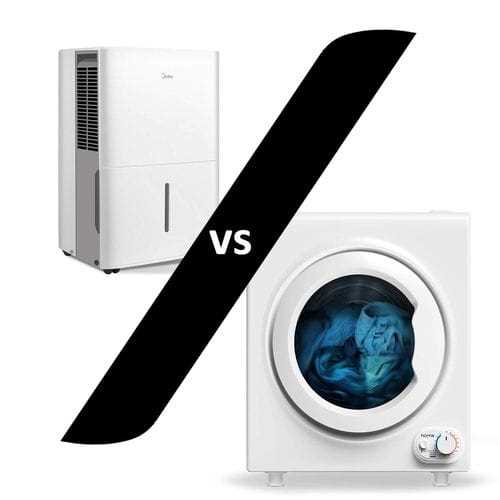
Tumble dryers can also have a softening effect on your clothes. The tumbling action of the dryer helps to fluff and soften the fabric, leaving your clothes feeling cozy and comfortable. This is especially beneficial for stiff or rough fabrics, as the dryer can help to soften them and make them more wearable.
5. Versatility:
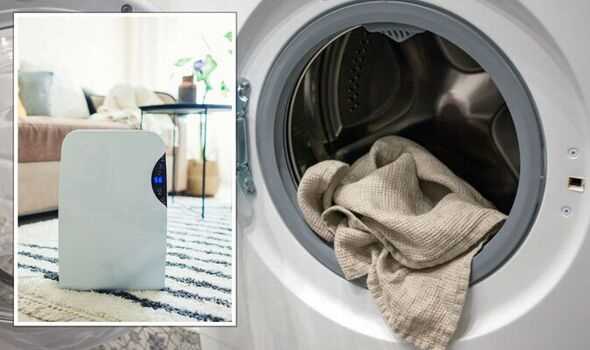
Tumble dryers are versatile machines that can handle a wide variety of fabrics and clothing types. From delicate sweaters to heavy-duty jeans, a tumble dryer can effectively dry different types of clothing without causing damage. This makes it a convenient and reliable option for drying clothes throughout the year, regardless of the weather conditions outside.
6. Energy efficiency:
While some people think that tumble dryers are energy-consuming appliances, many modern models are designed to be energy-efficient. Look for models with energy-saving features, such as moisture sensors that automatically adjust the drying time based on the moisture levels of the clothes. This can help decrease energy consumption and reduce your electricity bill.
In conclusion, using a tumble dryer offers several advantages when it comes to drying clothes. From time efficiency and convenience to effective moisture removal and fabric softening, a tumble dryer is a reliable and versatile appliance that can make your laundry routine much easier. Just make sure to choose an energy-efficient model to minimize your environmental impact and save on electricity costs.
FAQ
What is the difference between a dehumidifier and a tumble dryer?
A dehumidifier is a device that removes excess moisture from the air, while a tumble dryer is an appliance used to dry clothes quickly using heated air.
Which one is more energy-efficient, a dehumidifier or a tumble dryer?
A dehumidifier is generally more energy-efficient than a tumble dryer. While both appliances consume electricity, a dehumidifier uses less power as it simply removes moisture from the air, while a tumble dryer requires electricity to heat the air and spin the drum.
Can a dehumidifier replace a tumble dryer for drying clothes?
Although a dehumidifier can help dry clothes indoors to some extent, it is not as effective or efficient as a tumble dryer. A dehumidifier primarily removes moisture from the air, while a tumble dryer uses heated air to quickly evaporate moisture from the clothes, resulting in faster and more thorough drying.
Are there any advantages of using a dehumidifier instead of a tumble dryer?
Yes, there are a few advantages of using a dehumidifier instead of a tumble dryer. Firstly, dehumidifiers are generally quieter than tumble dryers, making them more suitable for use during the night or in noise-sensitive areas. Additionally, dehumidifiers can help prevent excess moisture and mold growth in the indoor environment, which is beneficial for overall air quality and health.
When should I use a dehumidifier instead of a tumble dryer for drying clothes?
A dehumidifier is a good option for drying clothes when weather conditions are not suitable for outdoor drying, or if you don’t have access to a tumble dryer. It can help speed up the drying process indoors, especially in areas with high humidity. However, keep in mind that using a dehumidifier may take longer and may not achieve the same level of dryness as a tumble dryer.




